Adopting a new visual aesthetic.
Category: computing – Page 134
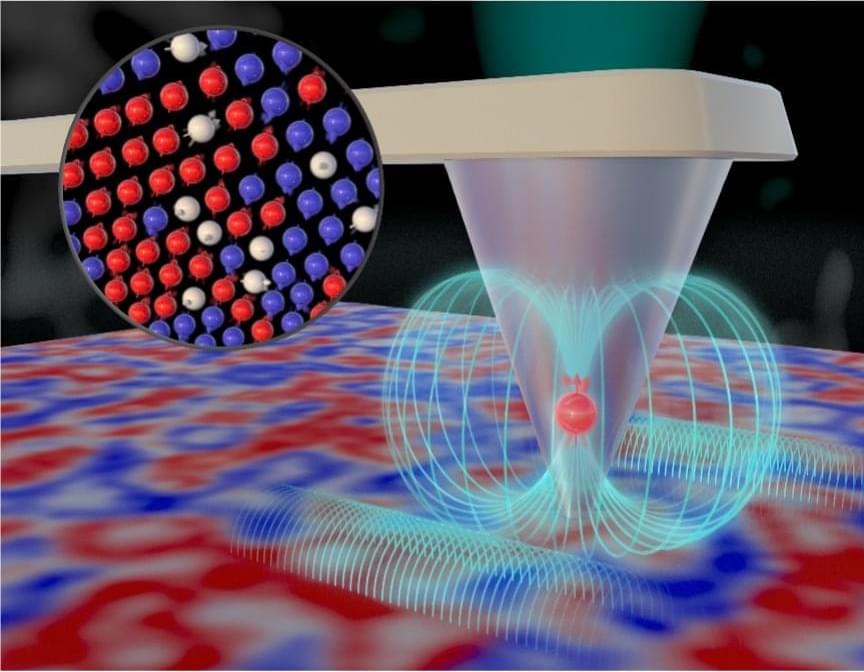
Single-qubit sensing puts new spin on quantum materials discovery
Working at nanoscale dimensions, billionths of a meter in size, a team of scientists led by the Department of Energy’s Oak Ridge National Laboratory revealed a new way to measure high-speed fluctuations in magnetic materials. Knowledge obtained by these new measurements, published in Nano Letters, could be used to advance technologies ranging from traditional computing to the emerging field of quantum computing.
Many materials undergo phase transitions characterized by temperature-dependent stepwise changes of important fundamental properties. Understanding materials’ behavior near a critical transition temperature is key to developing new technologies that take advantage of unique physical properties. In this study, the team used a nanoscale quantum sensor to measure spin fluctuations near a phase transition in a magnetic thin film. Thin films with magnetic properties at room temperature are essential for data storage, sensors and electronic devices because their magnetic properties can be precisely controlled and manipulated.
The team used a specialized instrument called a scanning nitrogen-vacancy center microscope at the Center for Nanophase Materials Sciences, a DOE Office of Science user facility at ORNL. A nitrogen-vacancy center is an atomic-scale defect in diamond where a nitrogen atom takes the place of a carbon atom, and a neighboring carbon atom is missing, creating a special configuration of quantum spin states. In a nitrogen-vacancy center microscope, the defect reacts to static and fluctuating magnetic fields, allowing scientists to detect signals on a single spin level to examine nanoscale structures.
Spin Gravity Compared
This compares some of the ringworlds, centrifuges, space stations, and ships that use spin to make gravity. It also try’s to show how the variables of artificial gravity are used to make centripetal acceleration into spin gravity.
Calculator used: https://www.artificial-gravity.com/sw/SpinCalc/
▀▀▀▀▀▀▀▀▀▀▀▀▀▀▀▀▀▀▀▀▀▀▀▀▀▀
REFERENCES
1. Hill, Paul R.; Schnitzer, Emanuel (1962 September). “Rotating Manned Space Stations.” In, Astronautics (vol. 7, no. 9, p. 14
18). Reston, Virginia, USA: American Rocket Society / American Institute of Aeronautics and Astronautics.
2. Gilruth, Robert R. (1969). “Manned Space Stations – Gateway to our Future in Space.” In S. F. Singer (Ed.), Manned.
Laboratories in Space (p. 1–10). Berlin, Germany: Springer-Verlag.
3. Gordon, Theodore J.; Gervais, Robert L. (1969). “Critical Engineering Problems of Space Stations.” In S. F. Singer (Ed.).
Manned Laboratories in Space (p. 11–32). Berlin, Germany: Springer-Verlag.
4. Stone, Ralph W. (1973). “An Overview of Artificial Gravity.” In A. Graybiel (Ed.), Fifth Symposium on the Role of the.
Vestibular Organs in Space Exploration (NASA SP-314, p. 23–33). Pensacola, Florida, USA, 19–21 August 1970.
Washington, DC, USA: NASA
5. Cramer, D. Bryant (1985). “Physiological Considerations of Artificial Gravity.” In A. C. Cron (Ed.), Applications of Tethers in.
Space (NASA CP-2364, vol. 1, p. 3·95–3·107). Williamsburg, Virginia, USA, 15–17 June 1983. Washington, DC, USA:
NASA.
6. Graybiel, Ashton (1977). “Some Physiological Effects of Alternation Between Zero Gravity and One Gravity.” In J. Grey (Ed.).
Space Manufacturing Facilities (Space Colonies): Proceedings of the Princeton / AIAA / NASA Conference, May 7–9, 1975
7. Hall, Theodore W. “Artificial Gravity in Theory and Practice.” International Conference on Environmental Systems, 2016, www.artificial-gravity.com/ICES-2016–194.pdf.
▀▀▀▀▀▀▀▀▀▀▀▀▀▀▀▀▀▀▀▀▀▀▀▀▀▀
SOCIAL
Twitter: https://twitter.com/OverviewEfect.
Instagram: https://www.instagram.com/overviewefects/
Facebook: https://www.facebook.com/profile.php?id=61552024642764
▀▀▀▀▀▀▀▀▀▀▀▀▀▀▀▀▀▀▀▀▀▀▀▀▀▀
ATTRIBUTION
Mass Effect music from @MrHulthen Check it out and his channel here: https://www.youtube.com/watch?v=57-xIuu4Vv.
“Citadel (Mass Effect)” (https://skfb.ly/6CLEX) by Yanez Designs is licensed under Creative Commons Attribution.
“Babylon 5 Station (Babylon 5)” (https://skfb.ly/6pFJp) by uperesito is licensed under Creative Commons Attribution.
“Halo Ring” (https://skfb.ly/orU8C) by Inditrion Dradnon is licensed under Creative Commons Attribution.
“Empire State Building” (https://skfb.ly/BGwU) by Microsoft is licensed under Creative Commons Attribution (http://creativecommons.org/licenses/by/4.0/).
“MCRN Tachi [Expanse TV Show]” (https://skfb.ly/o6JGy) by Jakub. Vildomec is licensed under Creative Commons Attribution.
“endurance spaceship” (https://skfb.ly/6TnFK) by devanshujha is licensed under Creative Commons Attribution.
“Discovery 1″ (https://skfb.ly/6oRCD) by uperesito is licensed under Creative Commons Attribution.
“Soviet Nuclear Computer Terminal” (https://skfb.ly/prtFw) by PIPO is licensed under Creative Commons Attribution.
“Hail Mary Ship” by MallocArray https://www.printables.com/model/232479-hail-mary-ship/files.
“Death Star — Star Wars” (https://skfb.ly/oqGZX) by Quiznos323.
▀▀▀▀▀▀▀▀▀▀▀▀▀▀▀▀▀▀▀▀▀▀▀▀▀▀
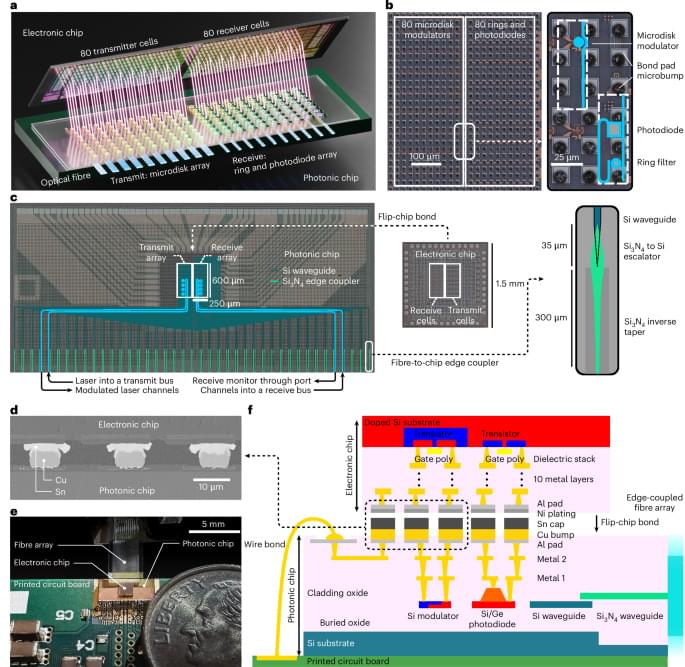
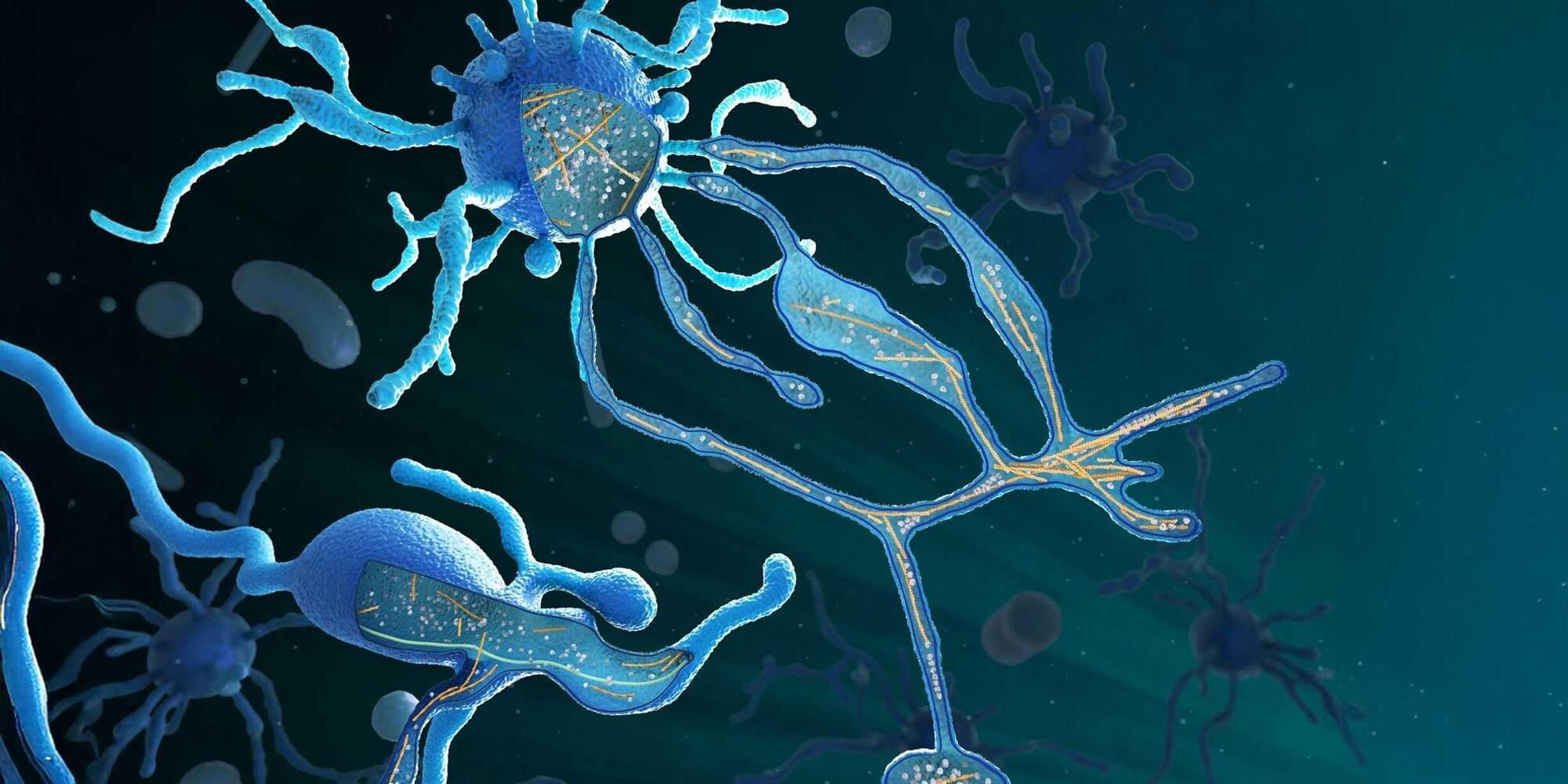
Origin of life: How a special group of single-celled organisms laid the foundation for complex cells
Ten years ago, nobody knew that Asgard archaea even existed. In 2015, however, researchers examining deep-sea sediments discovered gene fragments that indicated a new and previously undiscovered form of microbes.
With computer assistance, the researchers assembled these fragments like puzzle pieces to compile the entire genome. It was only then that they realized they were dealing with a previously unknown group of archaea.
Like bacteria, archaea are single-celled organisms. Genetically, however, there are significant differences between the two domains, especially regarding their cell envelopes and metabolic processes.
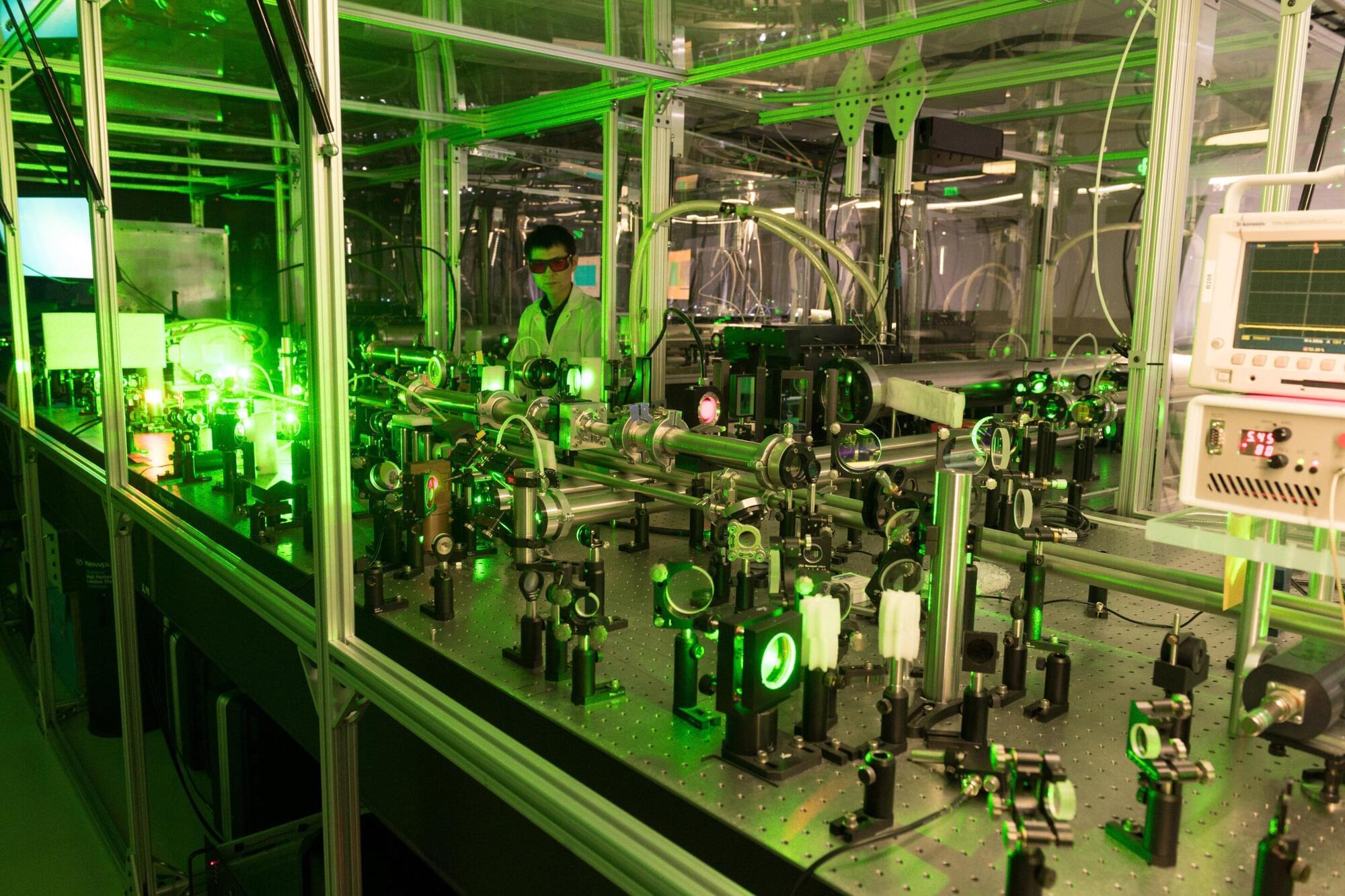
Researchers capture first laser-driven, high-resolution CT scans of dense objects
A research team led by Colorado State University has achieved a new milestone in 3D X-ray imaging technology. The scientists are the first to capture high-resolution CT scans of the interior of a large, dense object—a gas turbine blade—using a compact, laser-driven X-ray source.
The findings, published in Optica, describe the science and engineering behind this new radiographic imaging capability and its potential benefits for a range of industries, from aerospace to additive manufacturing.
The project is a years-long collaboration between researchers at CSU’s Departments of Electrical and Computer Engineering and Physics and Los Alamos National Laboratory, with participation from AWE in the U.K.

Using perovskite to make LED pixels as small as a virus
A team of physicists, engineers, opticians and photonics specialists at Zhejiang University, in China, working with a pair of colleagues from the University of Cambridge, in the U.K., has found a way to make pixels smaller by using perovskite. In their paper published in the journal Nature, the group describes how they used the mineral to create pixels as small as a virus.
As the research team notes, the rallying cry for electronics in the modern age is to add more technology to ever smaller base units. For computers, for many years, the goal was to double the number of transistors on a single integrated circuit. Similarly, reducing the size of pixels in video displays has led to sharper and sharper imagery.
The current standard for digital display technology is micro-LED, which is based on II-V semiconductors. Unfortunately, such technology becomes too expensive and inefficient to make pixels any smaller than the size currently in use. This led the team to wonder if a different base material might allow the creation of smaller pixels that would be both cost-effective and efficient. They turned to perovskite, the same mineral that is currently being investigated as a replacement for silicon in solar cells as a way to reduce costs.
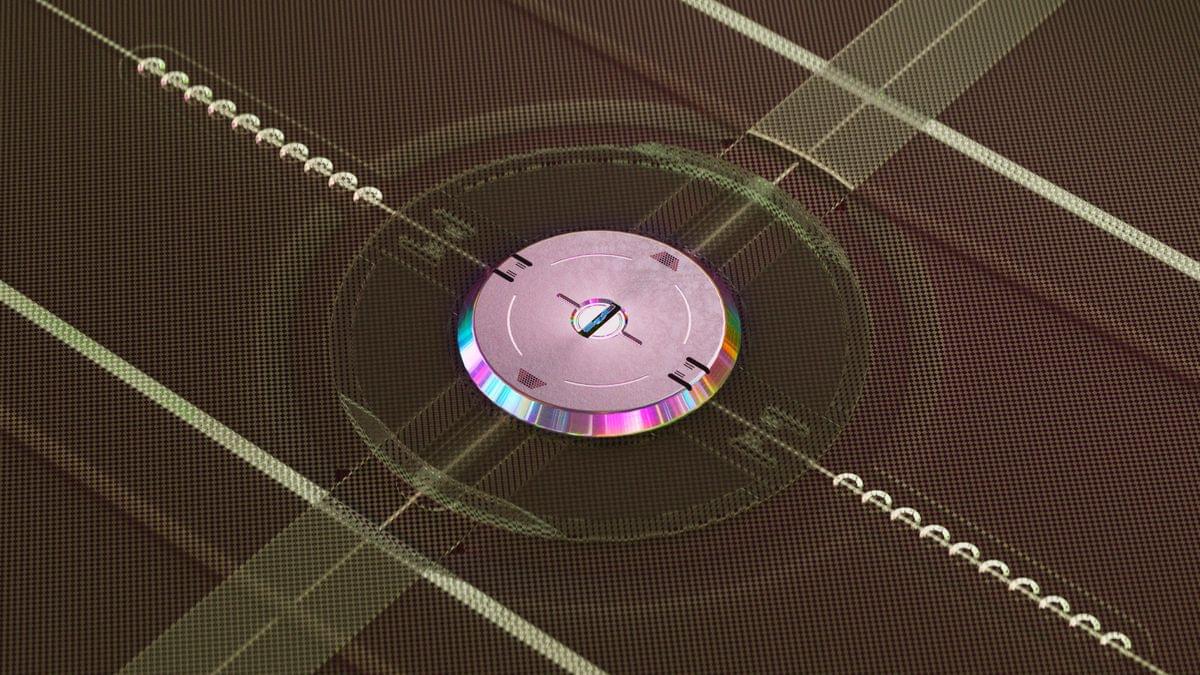
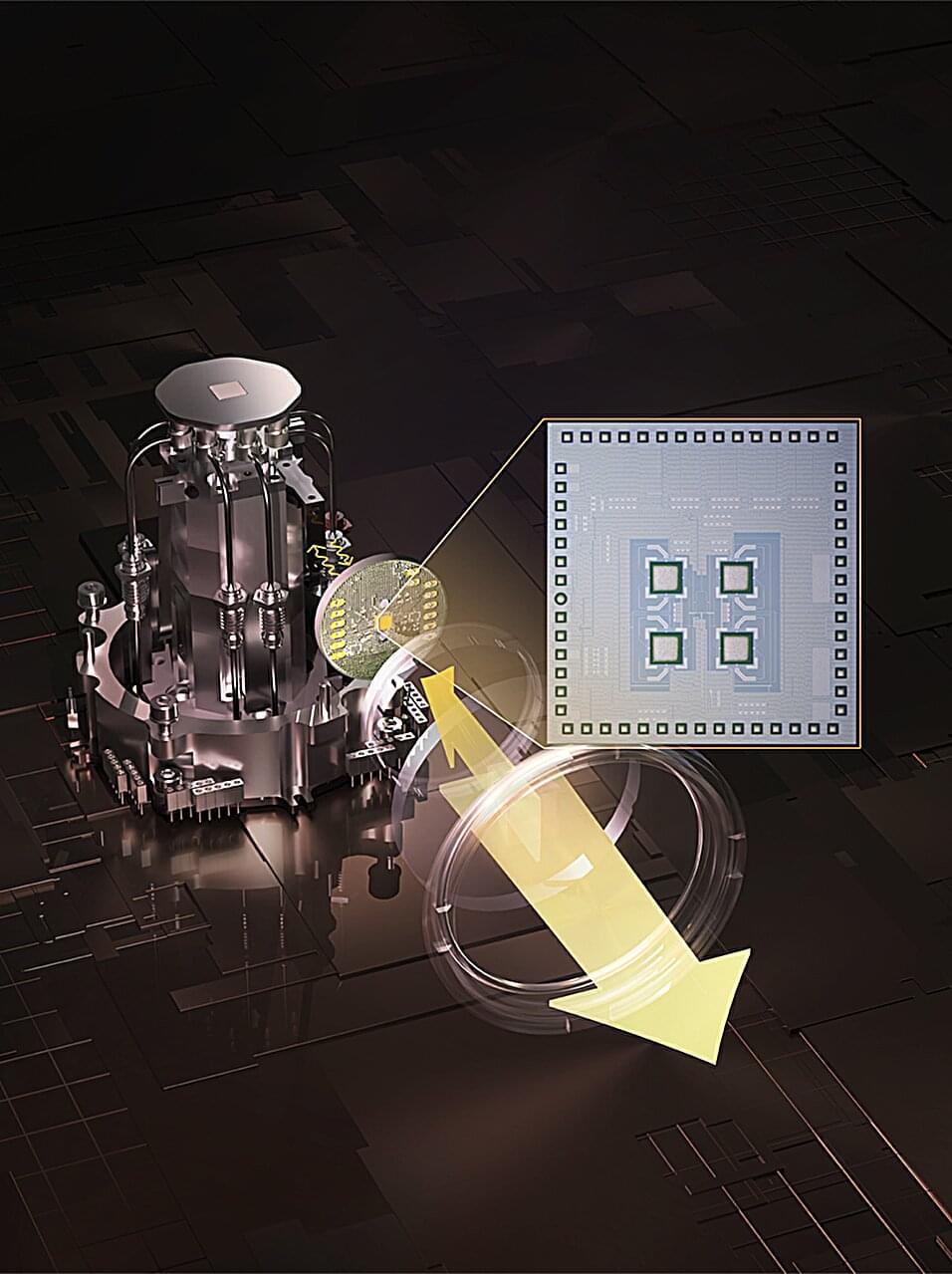
Wireless terahertz cryogenic interconnect minimizes heat-to-information transfer in quantum processors
Quantum computers, devices that process information leveraging quantum mechanical effects, could outperform classical computers in some complex optimization and computational tasks. However, before these systems can be adopted on a large-scale, some technical challenges will need to be overcome.
One of these challenges is the effective connection of qubits, which operate at cryogenic temperatures, with external controllers that operate at higher temperatures. Existing methods to connect these components rely on coaxial cables or optical interconnects, both of which are not ideal as they introduce excessive heat and noise.
Researchers at the Massachusetts Institute of Technology (MIT) recently set out to overcome the limitations of these approaches for connecting qubits and controllers, addressing common complaints about existing connecting cables. Their paper, published in Nature Electronics, introduces a new wireless terahertz (THz) cryogenic interconnect based on complementary metal-oxide semiconductor (CMOS) technology, which was found to minimize heat in quantum processors while effectively transferring quantum information.
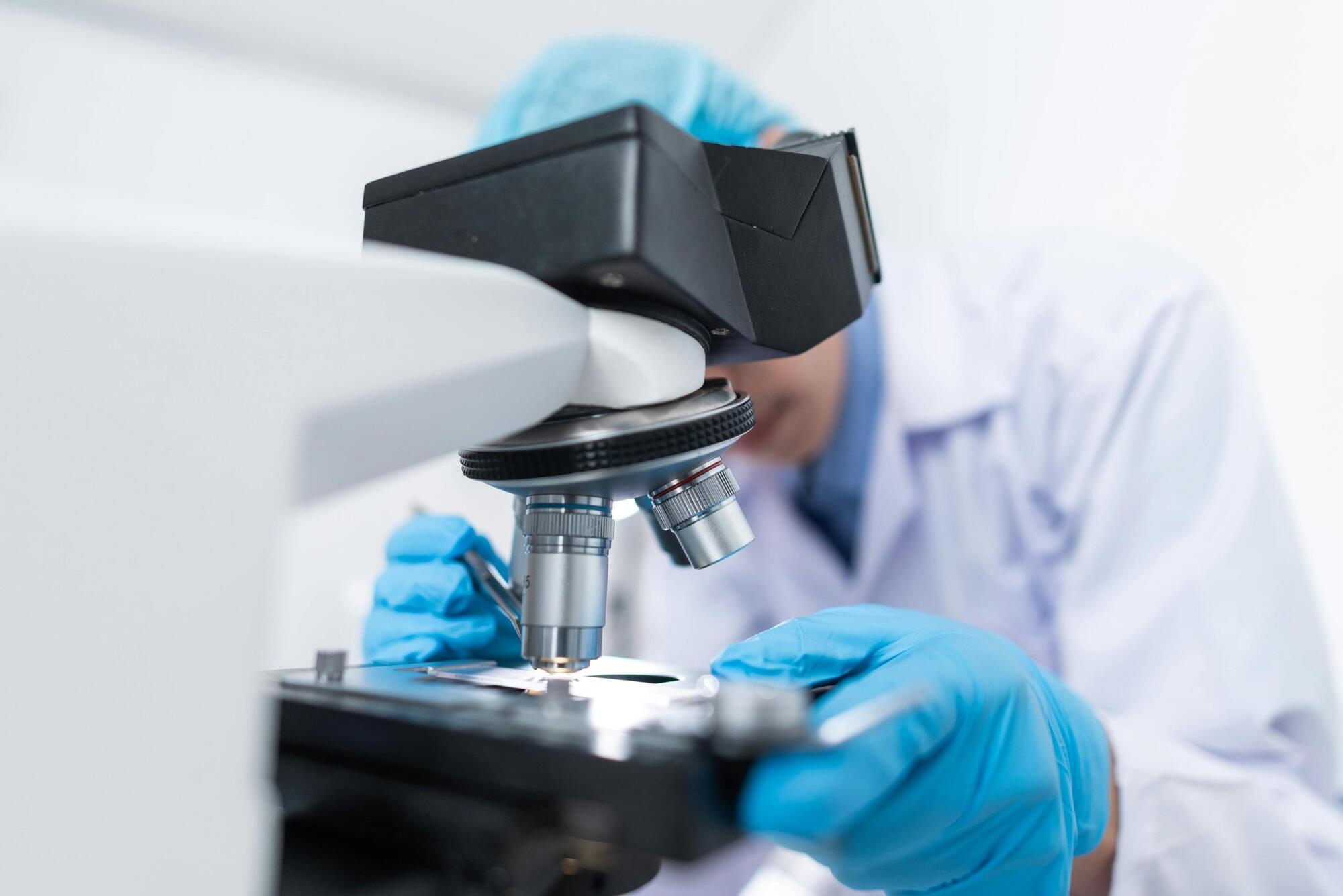
Deadly bacteria have developed the ability to produce antimicrobials and wipe out competitors, scientists discover
A drug-resistant type of bacteria that has adapted to health care settings evolved in the past several years to weaponize an antimicrobial genetic tool, eliminating its cousins and replacing them as the dominant strain. University of Pittsburgh School of Medicine scientists made the discovery when combing through local hospital data—and then confirmed that it was a global phenomenon.
The finding, published in Nature Microbiology, may be the impetus for new approaches in developing therapeutics against some of the world’s deadliest bacteria. It also validates a new use for a system developed at Pitt and UPMC that couples genomic sequencing with computer algorithms to rapidly detect infectious disease outbreaks.
“Our lab has a front row seat to the parade of pathogens that move through the hospital setting,” said senior author Daria Van Tyne, Ph.D., associate professor of medicine in Pitt’s Division of Infectious Diseases. “And when we took a step back and zoomed out, it quickly became apparent that big changes were afoot with one of the world’s more difficult-to-treat bacteria.”